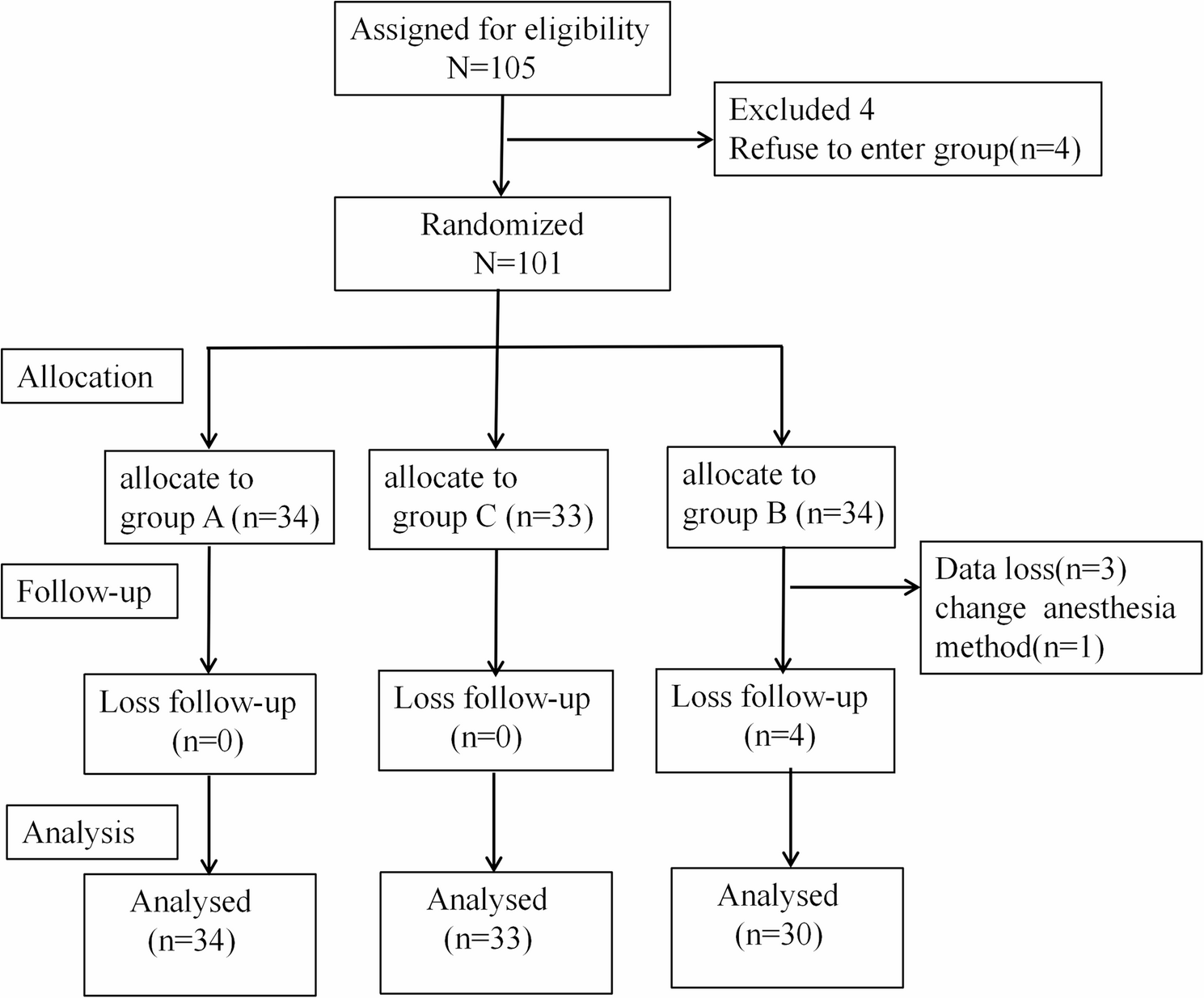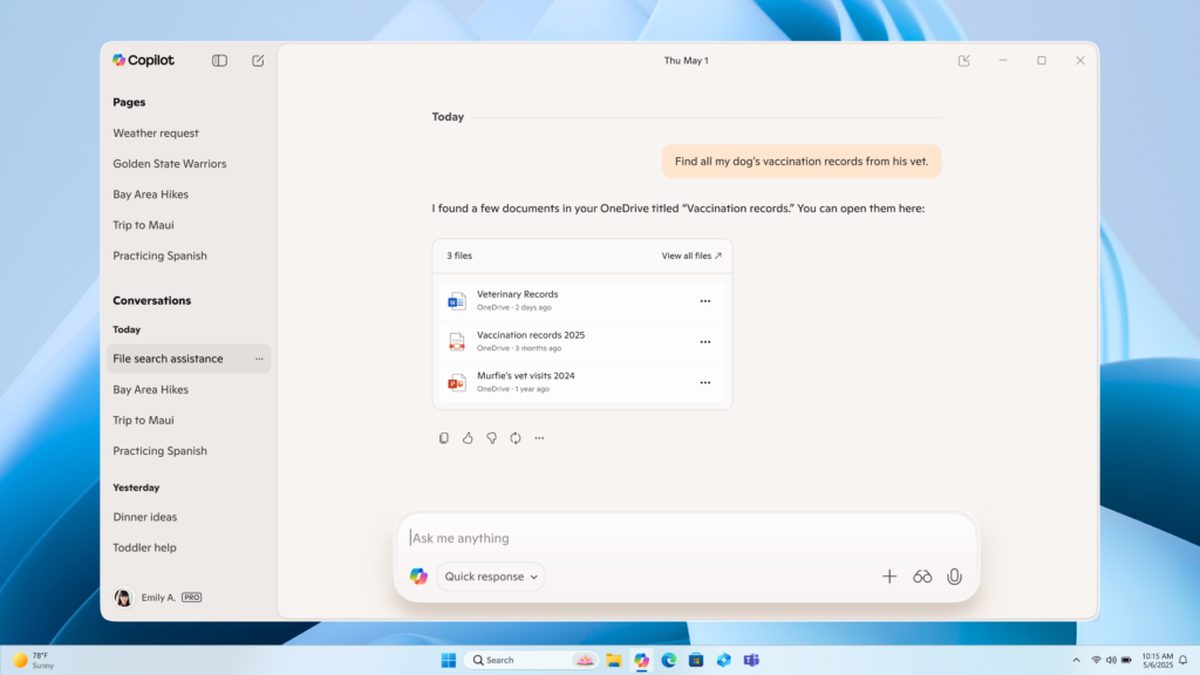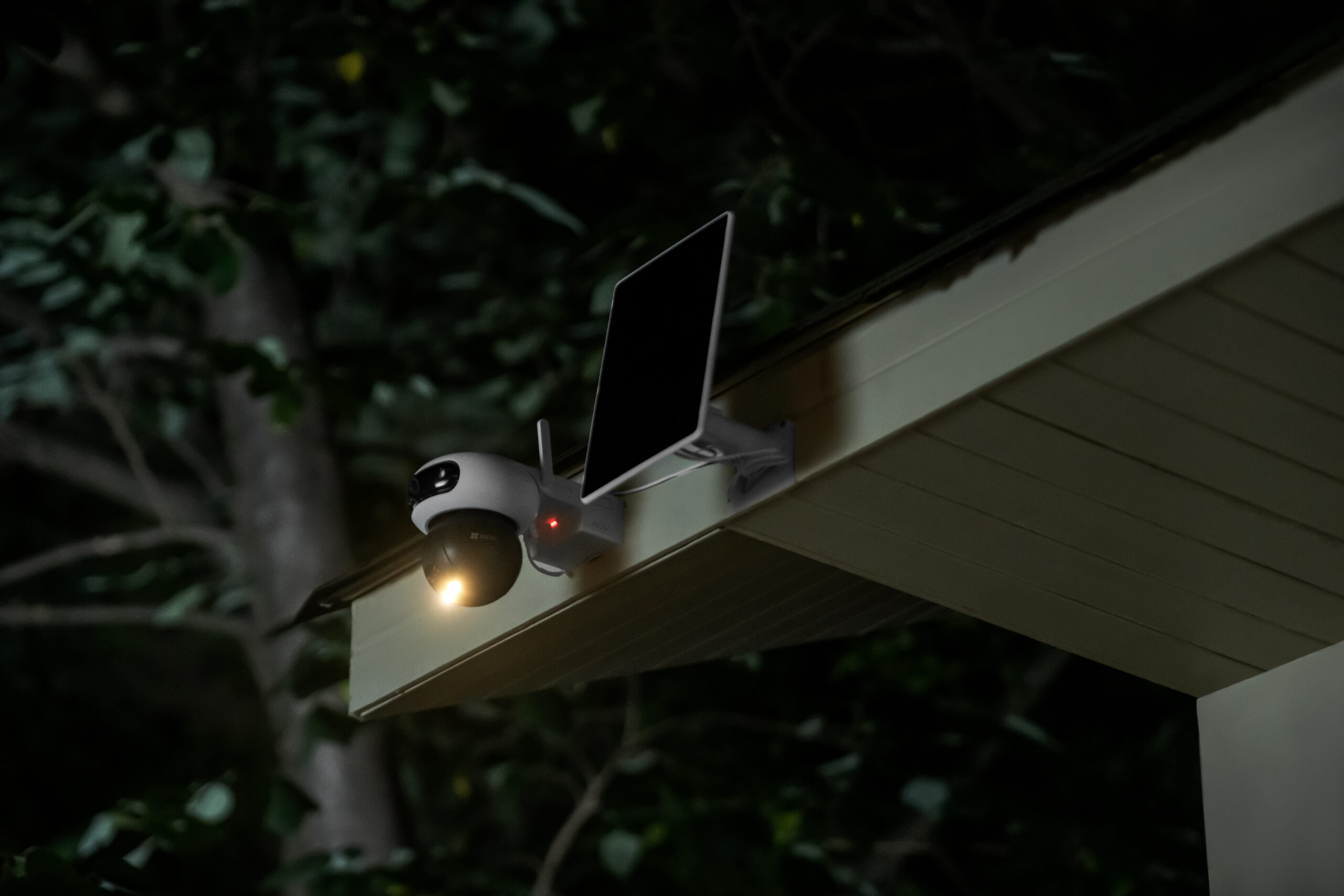Below is ticketing information for our Premier League fixture against Brighton & Hove Albion at the Emirates Stadium on Saturday, December 27 at 15:00 pm.
Please note that the time and date of this match may be changed due to TV broadcast…

Below is ticketing information for our Premier League fixture against Brighton & Hove Albion at the Emirates Stadium on Saturday, December 27 at 15:00 pm.
Please note that the time and date of this match may be changed due to TV broadcast…

The trial was performed and reported accordance with the CONSORT guidelines for interventional trials at the Hangzhou First People’s Hospital, School of Medicine, Westlake University, following approval by the Ethics Committee (2020YLSD003- 01).We provided written forms to all the participants involved in the research which illustrated the research purpose, process, the risks and benefits, and obtained their individual or guardian participants written informed consent from July 2021 to December 2021. And the trail was registered at the Chinese clinical trial registry (2021/06/19,ChiCTR2100047459).
The inclusion criteria were as follows: (1) patients aged 60 ~ 80 years old with an American Society of Anesthesiologists (ASA) class I or II; (2)Geriatric patients with respiratory diseases undergoing elective FB treatment (routine bronchoscopy and some simple FB treatments including transbronchial needle aspiration biopsy, transbronchial brushing, and bronchoalveolar lavage); (3)body mass index < 30 kg/m2. The exclusion criteria were as follows: (1)operation time > 30 min; (2)neuropsychiatric diseases and taking related medications; (3) target organ damage such as liver, kidney, heart and brain; (4)allergies to anesthetic drugs; (5)cannot cooperate with doctors; (6)uncontrolled hypertension, heart disease, diabetes and other diseases.
A total of 105 elderly patients who underwent bronchofiberoscopy were enrolled in this study. By using a list of numbers generated by the QuickCalcs (GraphpadPrism 7),the patients were randomly assigned to three groups (n = 35 each).
Grouping: Group A (remimazolam + fentanyl + local anesthesia): intravenous injection of remimazolam 0.2 mg/kg and fentanyl 0.5 µg/kg for sedation,10 ml 2% lidocaine spraying pharynx and tracheal mucosa for local anesthesia; Group B (midazolam + fentanyl + local anesthesia): intravenous injection of midazolam 0.075 mg/kg and fentanyl 0.5 µg/kg for sedation, 10 ml 2% lidocaine spraying pharynx and tracheal mucosa for local anesthesia; and an additional dose with fentanyl 25 µg every 5 to 10 min for the either group if necessary; Group C (local anesthesia): 10 ml 2% lidocaine spraying pharynx and tracheal mucosa for local anesthesia.
The patients were instructed to fast before the operation. Electrocardiogram (ECG), heart rate (HR), saturation of pulse oximetry (SpO2),non-invasive blood pressure (NBP), respiratory rate(RR), end-tidal carbon dioxide (PetCO2) and bispectral index (BIS) were monitored in the operating room with the patient in supine position. Group A was inducted by intravenous injections of remimazolam 0.2 mg/kg and fentanyl 0.5 µg/kg for sedation/analgesia. Group B was inducted by intravenous injections of midazolam 0.075 mg/kg and fentanyl 0.5 µg/kg for sedation/analgesia. Group C was performed by spraying 2% lidocaine on the surface of tracheal mucosa without any other special treatment.
The endoscopic operation process was performed by an experienced respiratory physician. Each patient in Gruop A, Group B and Group C was assisted with local anesthesia by spraying 10 ml 2% lidocaine when the fiberoptic bronchoscope first entered the glottis, carina, and left and right bronchus, and then fiberoptic bronchoscopy was performed.
When the Modified Observer’s Alertness/Sedation (MOAA/S) score was ≤ 3, bronchoscopy was started. If a persistent cough occurs during the operation and body movement affects the operator’s operation, 25 µg of fentanyl can be administered every 5 to 10 min until a maximum of 200 µg is achieved. It was designated a treatment failure if the degree of sedation was still insufficient for the operation. Every patient was sent to the post-anesthesia care unit (PACU) after operation. Patients can exit PACU until regained consciousness and completed command actions, recovered orientation ability, and raised the head while supine for more than 10 s.
The vital signs including HR, BP, MAP, SpO2,RR, PetCO2, BIS were recorded at four times. T0: the time patient was awake while breathing room air pre-anesthesia, T1: the post-anesthesia induction state under nasal cannula oxygen inhalation (oxygen flow rate 3–5 L/min), T2: the time when the bronchoscopy was inserted into the glottis, T3: the postoperative at the time of completion, T4: when the patient wakes up.
The rate of adverse events was recorded. Including intraoperative coughing, hypoxemia, and other adverse events (including blood pressure fluctuation > 20% before anesthesia, bradycardia or tachycardia, arrhythmia, larynx or bronchospasm, etc.).
Record the MOAA/S scores of groups A and B at each time point from T1 to T4: 5 points – Responds readily to name spoken in normal tone; 4 points – Lethargic response to name spoken in normal tone; 3 points – Responds only after name is called loudly and/or repeatedly; 2 points – Responds only after mild prodding or shaking; 1 point – Responds only after painful trapezius squeeze; 0 point – Does not respond to painful trapezius squeeze.
Record the onset time of the drugs, operation time (the time from the beginning of insertion of the bronchoscopy to the completion of the insertion), and recovery time (have command action, recovery of orientation ability, time to raise the head in supine position >10 s). Assessment of surgeon satisfaction (excellent: the opening of the glottis is excellent; good: the opening of the glottis is good, the mirror placement is smooth, and the patient’s cooperation is good; poor: the opening of the glottis is not opening properly, there is obvious body movement or coughing, which leads to mirror withdrawal affecting the operator’s operation), patients satisfaction (satisfactory: there was no discomfort during the bronchoscopy; moderate satisfactory: there was mild discomfort during the bronchoscopy and willing to accept a re-examination; unsatisfactory: patient felt extremely uncomfortable during the bronchoscopy and was unwilling to go through it again).
The sample size for calculating the difference in recovery time between the two groups was determined using G-power (version 3.1.9.2, α = 0.05, power = 0.8) depending on our preliminary study results (intervention group: mean = 2.26, SD = 2.08; control group: mean = 4.25, SD = 3). A total of 28 patients were required per group, and considering an expulsion rate of 0.2, the sample size was increased to 35 patients per group.
All variables were expressed as numbers, mean (SD) or median (interquartile range). Statistical analysis was performed using the SPSS25.0 Software and the measurement data was normally distributed using the Shapiro-Wilk test. The normally distributed measurement data were expressed as mean ± standard deviation (X ± s), and the comparison between groups was analyzed by one-way ANOVA, and the Bonferroni multiple comparison test was performed, and the Welch test was used for heterogeneity of variance. Non-normally distributed continuous variables were expressed as medians (interquartile ranges), and analyzed using nonparametric tests (Kruskal-Wallis H test). Counting data were compared using chi-square test or Fisher test, and Bonferroni correction test was used. Bilateral P < 0.05 was considered statistically significant.

Microsoft is releasing a Windows update allowing its Copilot generative AI to integrate with Google applications. The feature, enabled through opt-in permissions, permits the AI to conduct cross-app searches and execute tasks for…

The EZVIZ CB90x Dual 4G Kit eliminates every shortcoming of existing outdoor security camera solutions with these mind-blowing innovations.
Outdoor security cameras are a must-have in any tech-savvy smart home set-up.
But…

In a discovery that’s changing how scientists view nocturnal predators, researchers have captured the first direct evidence of a bat hunting and eating a bird midflight. According to a new study published in Science detailed how Europe’s…

The worldwide construction of data centers illustrates how AI development has advanced through scaling – expanding data volume, model size, and computational resources. LLM performance improves according to power-law scaling when all three expand together. (1) Furthermore, scaling model size and dataset size in tandem has been shown to be near-optimal. (2)
Yet progress has required more than scale: cleaning and curation have been equally crucial. GPT-3 demonstrated the power of large-scale training with filtered Common Crawl, (3) and T5 achieved major improvements by building the C4 dataset after aggressively removing duplicates and low-quality text. (4) PaLM 2 also reported the significant impact of data quality. (5) On the other hand, concerns have been raised about the potential exhaustion of high-quality web text, (6) and partly motivated by applications such as edge AI (the concept of running AI on devices or chips), efficiency efforts such as Mixture-of-Experts (MoE) and compact models are also being pursued in parallel. (7,8) In short, AI has advanced through scaling and curation, while efficiency has also evolved along a complementary path.
By contrast, neuroscience has yet to fully address the ‘limits of data accumulation’ or the ‘optimization of modeling.’ Advances in optical methods, such as two-photon calcium imaging, now enable large-scale simultaneous measurements at single-neuron resolution. Recently, functional data spanning multiple fields of view have been integrated with EM connectomics, yielding analyses on the order of 75,000 neurons in total – marking major progress. (9)
The greater challenge, however, lies in behavioral and environmental diversity. Laboratory experiments still focus largely on ‘screen-based stimuli’ and ‘controlled tasks.’ Although natural scene stimuli are increasingly employed, (10) real-world contexts are far harder to reproduce. Consider sudden crowd surges in a train station, unexpected issues at immigration control, or nighttime evacuation after a major earthquake with power outages and aftershocks. Such scenarios are common in life, but even if reproduced and recorded, the resulting datasets would be rare and highly specialized. Thus, it becomes essential to examine how such data – naturally incorporating individual differences – can be meaningfully connected to others.
This contextual diversity makes integration particularly difficult. Unlike web text, which is relatively static and independent at scale, neural time-series data are strongly influenced by arousal, attention, individuality, apparatus, and surrounding environment. Therefore, standardized and shareable frameworks (NWB, BIDS, DANDI, OpenNeuro), (11) together with detailed metadata such as illumination, arousal state, and behavioral logs, are indispensable.
As a realistic step, I have proposed adding a ‘ten-minute spontaneous activity’ segment to each experiment. Spontaneous activity provides a statistical foundation less constrained by specific tasks or environments, reflecting arousal, attention, and individuality while serving as the substrate for task-evoked activity. This has been supported by findings from both human fMRI and mouse research. (12)
Moreover, resting brain activity exhibits scale-free long-range correlations lasting minutes to tens of minutes. (13) A ten-minute window thus captures the key temporal scales while remaining feasible as a unifying standard across laboratories. Longer recordings are, of course, preferable, but a two-step strategy – first establishing a ten-minute baseline and then extending it for refinement – is the most pragmatic approach.
Attaching this “ten-minute spontaneous activity” baseline forms the “adhesive dots” (as described in a previous article), enabling cross-comparison across studies (Fig.1).
This is not an abstract ideal: the role of resting-state structure as a foundation for interpreting and predicting task responses has been empirically demonstrated. (12)
The definition of spontaneous activity differs across species and paradigms. In humans, it is typically defined as an ‘eyes-open, fixation-rest state,’ whereas in animals it is categorized as ‘head-fixed, task-free’ or ‘freely moving without tasks.’ Importantly, spontaneous activity is not a static point, but a fluctuating dynamic influenced by arousal and microenvironmental factors. Thus, detailed metadata are indispensable. Notably, the diversity within spontaneous activity is far smaller than the vast diversity of tasks and environments.
This – the “Principle of External Complexity” – highlights that in situations like crowded trains or large gatherings, where one brain is surrounded by dozens or even thousands of other brains, environmental complexity can easily exceed an individual’s internal complexity, making neural data integration difficult. Focusing first on the limited variability of spontaneous activity provides AI with a practical intermediate target for translation and alignment.
The key lesson from LLMs is that breakthroughs emerged not from scaling alone but at the convergence of scaling, curation, and efficiency. In neuroscience, progress likewise requires addressing not only the expansion of neuron counts but also the challenge of behavioral and environmental diversity. As a preparatory step, standardizing the inclusion of a “ten-minute spontaneous activity” segment in each experiment – curated and shared as adhesive dots – would provide a common foundation for integration. This article has emphasized data-side strategies; the next will examine how AI can serve as the glue, through representational mapping and transformation learning, to connect fragmented datasets into a coherent understanding.

The NCSC’s guidance is aimed at operational technology organisations, particularly those deploying equipment across greenfield and brownfield sites
Operational technology – the infrastructure that controls and manages industrial infrastructure – is seen as highly vulnerable to being targeted, and loss of that infrastructure can be catastrophic to businesses and the wider landscape.
The new guidance encourages those working in OT roles to not only securely map all digital and physical components of the system to establish where risks may arise, but to limit that mapping to essential viewers only.
This definitive record should cover key factors that could put companies at risk, including components, connectivity, system architecture and third-party access to infrastructure, and the potential impact to the business if something was to happen.
Laura Gillespie, a cyber readiness expert with Pinsent Masons, said the advice was essential for companies who might find themselves at risk.
“Operational technology can be a prime target to threat actors, who understand that business operation disruption can escalate very quickly, putting victims under pressure to closely consider the need for threat actor engagement,” she added.
Stuart Davey, a cyber expert at Pinsent Masons with a particular focus on critical national infrastructure (CNI) warned: “While many manufacturing processes increasingly rely on technology-based processes, other sectors and critical national infrastructure are equally at risk. It is crucial potential victims understand how operational technology is mapped, to ensure they are prepared in the event of an attack”.
“With the Cyber Security and Resilience Bill expected by the end of 2025, which will bring greater protections to CNI, the UK is doubling down on efforts to ensure businesses take a proactive approach to cyber security.”